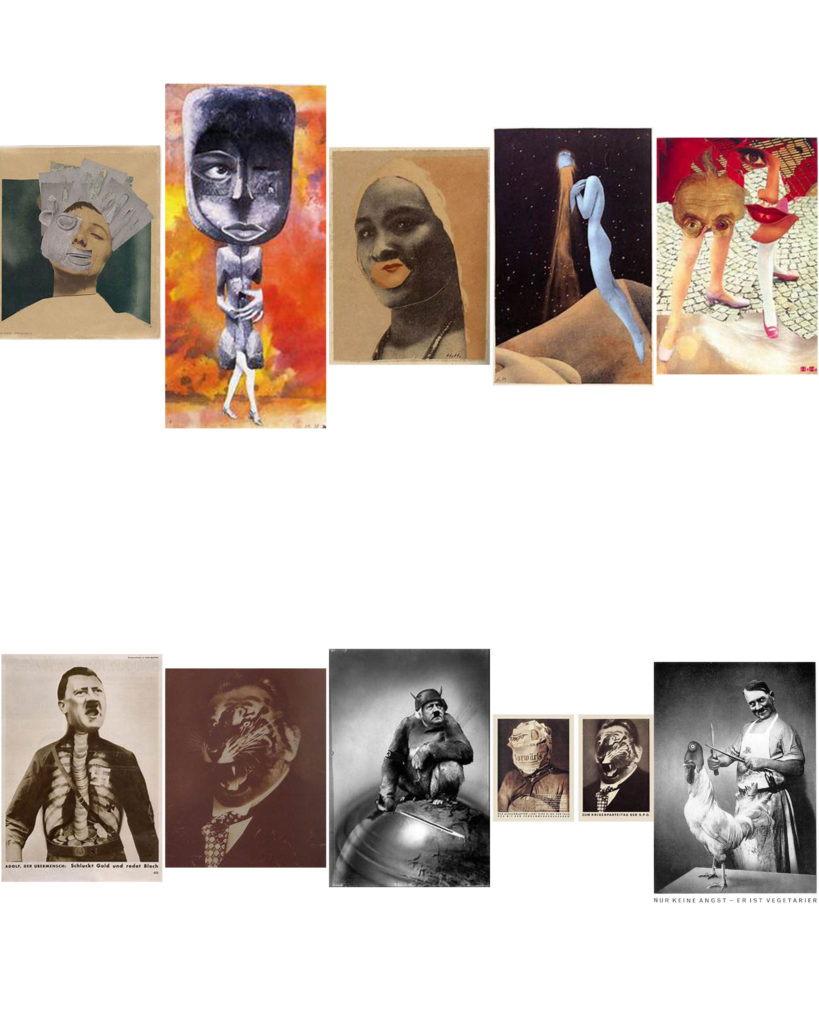Photomontage is the process of overlapping 2 or more images to create one photo. This can be done physically, using editing software or a mixture of the both. “The Two Ways of Life” (1857) by Oscar Rejlander was the first and most famous photomontage. Rejlander had shown everyone this new style of art and he contributed to it’s popularity today. At first, photomontage was used practically for post cards or large events which could not be captured on film. Although the first recorded photomontage was in 1857, the style of photography peaked in popularity during WW1 when photographers from France, Great Britain, Germany, Austria and Hungary produced postcards showing soldiers on one plane and friends, family and loved ones on another. During WW2 photomontage was still very popular and its influence in propaganda was optimised in this time by the Nazi party and Joseph Goebbels. Photomontages being produced became very political for example from 1930-1938, John Heartfield used photomontage to create 240 “Photomontages of The Nazi Period” to use art as a weapon against fascism and The Third Reich. Hannah Hoch was another example of a photographer who’s photomontage work was heavily politically based. She too lived in Berlin, German most her life and a lot of her work support women and even contributed to the liberation of women during the Weimar republic.
Hannah Hoch
John Heartfield

